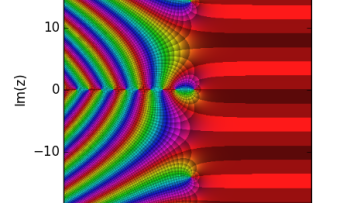Marsden's Laplacian for Navier-Stokes equations on manifolds.
Abstract
We shall explain, from variational point of view, why the Laplaciian operator introduced by Ebin-Marsden using deformations is suitable to describe the fluid motion in a milieu with viscosity.


